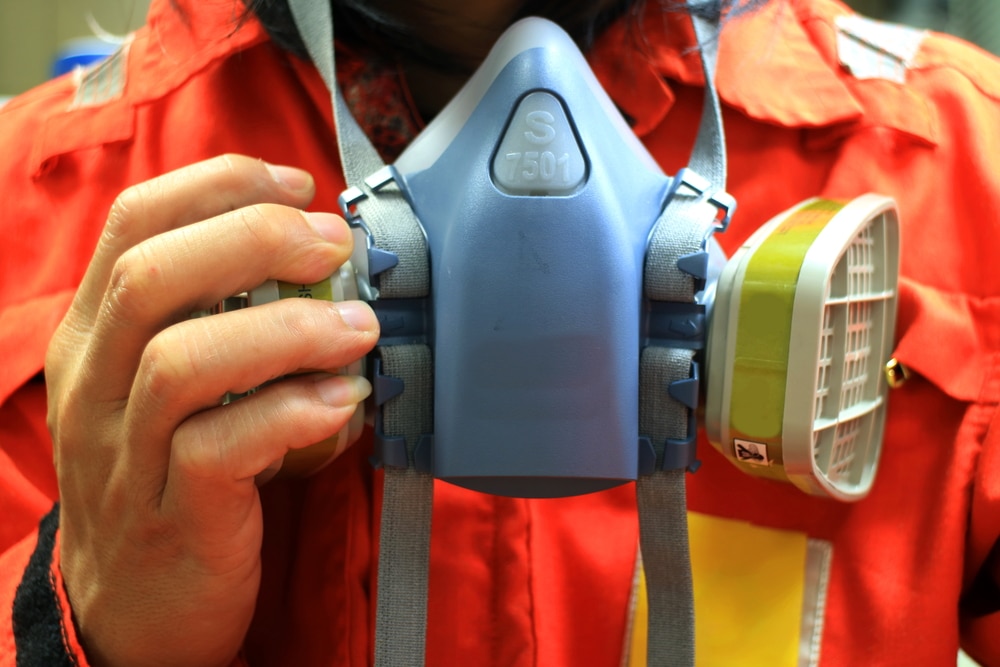Q1 2025 OSHA Regulatory and Safety Bulletin: Key Updates for Contractors and Safety Professionals The…
OSHA’s Silica in Construction Standard: What You Need to Know

OSHA’s new construction standard regarding respirable crystalline silica has been put into place to protect the health of workers who are exposed to significant amounts of the material while on the job site. OSHA has made an exemption for workers who are exposed to a small amount of the substance. According to OSHA.gov’s most recent FAQ release, the silica standard for construction applies to all occupational exposures to respirable crystalline silica in construction work, except where employee exposures will remain below the AL of 25 μg/m3, calculated as an 8-hour TWA, under any foreseeable conditions. 29 C.F.R. § 1926.1153(a).
We would like to go through some important points that will make it easier to navigate the correct practices regarding the silica construction standard.
Documentation Determinations
For employee exposures below the AL of 25 μg/m3, calculated as an 8-hour TWA, under any foreseeable conditions, it is not necessary to document determinations of employees this applies to. If an employer wants to do this for their own purposes that is completely acceptable, but OSHA does not require the employer to maintain records of employees exposed to crystalline silica below this exposure.
The Definition of a Competent Employee
The standard describes a “competent person” as an individual who is capable of identifying respirable crystalline silica hazards in their workplace and has the authorization to make corrections to eliminate or minimize those hazards.
A competent employee must be capable of performing regular inspections of job sites, materials, and equipment for purposes of implementing the written exposure control plan, to ensure that the engineering controls, work practice controls, required respiratory protection, housekeeping measures, and procedures to restrict access in the workplace are implemented for the silica-generating tasks listed in the plan.
An employer can approve a person as competent through training, education, work experience, etc.
See 29 C.F.R. § 1926.1153(b)
Dust Control
Dry Brushing and Sweeping
The standard does say that employers must not allow dry sweeping or dry brushing that could contribute to employee exposure to respirable crystalline silica unless wet sweeping, HEPA- filtered vacuuming or other methods are used that minimize the likelihood of exposure.
Cleaning Clothing with Compressed Air
Employers must also not allow compressed air to be used to clean clothing or surfaces where such activity could contribute to employee exposure to respirable crystalline silica unless:
- The compressed air is used in conjunction with a ventilation system that effectively captures the dust.
- No alternative method is feasible.
The FAQs do say that if employee exposure remains below the stated AL under any foreseeable conditions, the prohibition on dry sweeping, dry brushing and the use of compressed air for cleaning clothing will not apply.
Medical Surveillance
Medical surveillance is required for employees who wear a respirator to prevent the inhalation of respirable crystalline silica for 30 or more days a year.
Initial examination must be offered within 30 days of initial assignment. This is unnecessary if the employee has received a medical examination that meets the standard’s requirements within the last three years.
Create a Written Exposure Control Plan
The standard requires employers to create a written exposure control plan that contains:
- A description of the tasks in the workplace that can involve exposure to silica.
- A description of the engineering controls, work practices, and respiratory protection each task described in point number one.
- Housekeeping measures that are used to limit employee exposure to hazardous amounts of silica.
- Procedures to restrict access to work areas with silica, when necessary.
Tasks Identified Outside of the Standard’s Scope:
- Mixing small amounts of mortar
- Mixing small amounts of concrete
- Mixing bagged, silica-free drywall compound
- Mixing bagged exterior insulation finishing system (EIFS) base and finish coat
- Removing concrete formwork
Tasks where employees are working with silica-containing products that are handled while wet, are likely to generate exposures below the AL. Examples of this include:
- Finishing and hand wiping block walls to remove excess wet mortar
- Pouring concrete
- Grouting floor and wall tiles
It is extremely important to stay informed when it comes to the safety of your employees. At ABC Heart of America, we are proud to provide OSHA compliant safety training to our member companies to create safer worksites.



